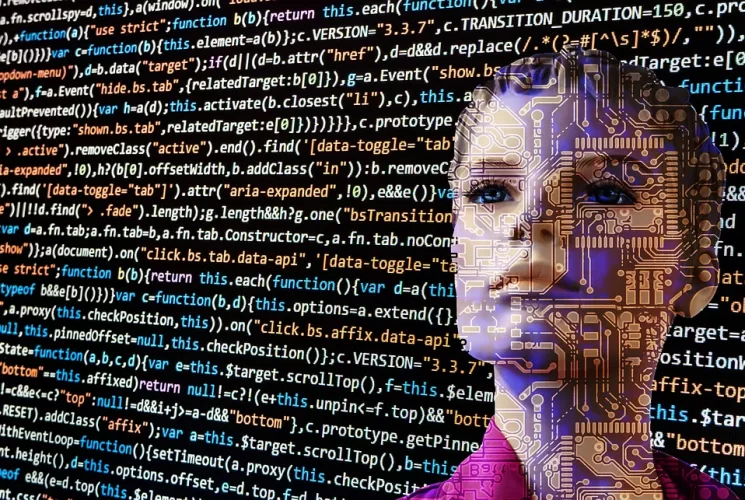
Exploring the Applications of Robotics Technology in Healthcare: Revolutionizing the Future of Medical Care
In recent years, the field of robotics has experienced a remarkable growth, revolutionizing various industries across the globe. One sector that has particularly benefited from the advancements in robotic technology is healthcare. With the ability to perform intricate tasks, robots have become valuable assets in assisting medical professionals, improving patient care, and promoting overall efficiency within healthcare facilities. In this article, we will delve into the exciting applications of robotics technology in healthcare and the transformative impact it has on the future of medical care.
Surgical Robotics: Precision and Enhanced Outcomes
One of the most notable applications of robotics technology in healthcare is in the field of surgery. Surgical robots have proven to be highly beneficial in performing complex procedures with unparalleled precision and accuracy. With the aid of robotic arms controlled by skilled surgeons, delicate surgeries can be carried out with minimal invasiveness and reduced risks. Surgical robots offer enhanced visualization and dexterity, allowing surgeons to access hard-to-reach areas and perform intricate maneuvers that were previously challenging or impossible. These advancements result in shorter recovery times, reduced complications, and improved patient outcomes.
Robotic-Assisted Rehabilitation: Empowering Patients on their Journey to Recovery
Another remarkable application of robotics in healthcare is in the field of rehabilitation. Robotic devices are utilized to assist patients in regaining their motor skills and improving mobility, particularly after a stroke or a spinal cord injury. These sophisticated devices can provide precise and repetitive movements, tailored to the needs of individual patients. By helping patients perform exercises and movements that would otherwise be difficult or impossible, robotic-assisted rehabilitation promotes faster recovery, increased independence, and improved quality of life.
Robotics in Elderly Care: Addressing the Challenges of Aging Populations
As the global population continues to age, the demand for elderly care is on the rise. Robotics technology has emerged as a promising solution to address the challenges associated with caring for the elderly. Robots designed for elderly care can perform a range of tasks, from reminding patients to take medication to assisting with daily activities such as bathing and dressing. These robots can also monitor vital signs, track medication adherence, and provide companionship to mitigate feelings of loneliness and isolation. By alleviating the burden on caregivers and offering personalized support, robotics in elderly care enhances the overall well-being and independence of older adults.
Telemedicine and Robotics: Bridging the Gap in Remote Healthcare
Telemedicine, the provision of healthcare services remotely, has gained significant momentum in recent years. Robotics technology plays a vital role in bridging the gap between healthcare professionals and patients in remote areas. Telepresence robots equipped with cameras, screens, and speakers allow doctors to remotely access patients, perform consultations, and even assist in surgeries. These robots can navigate hospital corridors, providing real-time interactions between patients and healthcare providers. By leveraging telemedicine with robotics, patients in remote or underserved areas can access specialized care, reducing the need for travel and improving healthcare outcomes.
Challenges and Future Directions
While the applications of robotics technology in healthcare are undoubtedly promising, there are several challenges that need to be addressed. These include concerns regarding data security, ethical considerations, and the potential for job displacement. Additionally, further research and development are necessary to enhance the capabilities of robotic systems and make them more cost-effective for widespread use.
As we look to the future, the potential of robotics technology in healthcare is immense. From surgical precision to rehabilitation assistance, elderly care, and remote healthcare provision, robots are transforming the way medical care is delivered. With ongoing advancements, it is clear that robotics will continue to play a pivotal role in improving patient outcomes, enhancing efficiency, and shaping the future of healthcare.
© Copyrights by Soulfulls. All Rights Reserved. Developed by Soulfulls